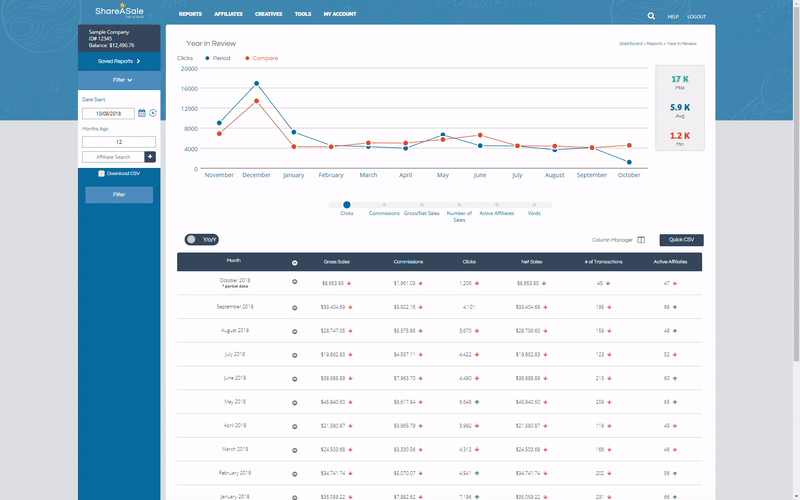As affiliate marketing grows in popularity, it’s essential that companies seeking to maintain a media presence realize its importance.
The basic concept of affiliate marketing is this: a brand joins an affiliate platform, through which they can network with writers, influencers, bloggers, etc. When these creators mention the brand in their published content, any sales resulting from said mention earn the creator a percentage commission of the goods or services sold. Sounds simple, right?
While affiliate marketing is simple in theory, there is much to be learned about its inner workings. One of the most common questions we get asked by clients is whether or not they need to join an affiliate network to land coverage. The next question that almost always follows is, “what affiliate program should I sign up for?” As affiliate marketing and public relations continue to grow more intertwined, any modern PR agency will be well-versed on the best methods to ensure a symbiotic relationship between the two.
Here’s how we advise our affiliate-curious clients
Whether or not you need to be on an affiliate network is largely dependent on your brand’s offerings. Do you sell a product or service that falls within the e-commerce or retail categories? If so, you most likely need to be on an affiliate network. Your brand’s offering is the most important determining factor because it dictates what type of coverage you may be looking to land. Of the clients we work with at Segal Communications, we advise any brand seeking coverage in national lifestyle focused outlets to join an affiliate network.
Of the available platforms, we advise our clients to join the ShareASale network as it is the most widely requested affiliate “umbrella” service by writers. Segal Communications clients automatically secure a 25% discount off of standard pricing. If you are familiar with affiliate marketing, you may have also heard mention of the name Skimlinks. Skimlinks falls under the “umbrella” of the ShareASale network, meaning that when you join ShareASale you are then able to apply to the Skimlinks sub-network for no additional charge. The Skimlinks network is solely comprised of media and publication affiliates, which is why it’s the preferred choice of journalists. In fact, there are many journalists who now require a brand to be on the ShareASale and Skimlinks networks to even be considered for placement.

Brands who don’t sign up for leading affiliate programs can be eliminating upwards of two thirds of their coverage opportunities.
You can’t afford not to join an affiliate network
Another question that is typically top of mind for those looking to sign up for an affiliate program is “what are the costs involved?” ShareASale generally requires a one-time set up fee, a percentage of each commission paid to affiliates, and a $35 minimum monthly transaction fee. If your sales for the month don’t cover this fee, it will be charged out of pocket.
Conveniently, ShareASale handles all payments to affiliates. You deposit money into your escrow account on the site, which ShareASale then uses to pay out the commission percentage you set to your affiliates when their marketing efforts result in a sale. The platform also sends regular reports to inform you on how your affiliates are performing.
When it comes to affiliate networks, we recommend brands that fall within the e-commerce and retail categories to join. Many freelance writers rely on affiliate marketing to supplement their income, and thus are much more likely to feature products that are accompanied by affiliate links in their stories. Additionally, the majority of top-tier lifestyle publications now require affiliate links for products to be featured. Here is a list of the publications that require or strongly prefer affiliate-linked product submissions. With these points in mind, many brands are coming to the realization that they can’t afford not to be on an affiliate platform. For the latest list of publications requesting affiliate links, subscribe to Segal Communications monthly newsletter the Pigeon Post.
Need help managing your affiliate marketing plan? Shoot us an email at [email protected] and we’ll get you up and running!






Recent Comments